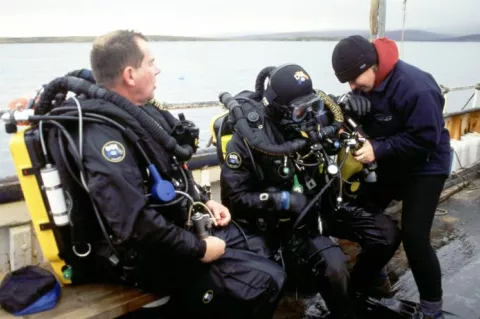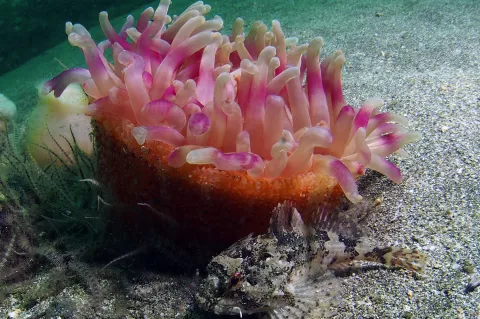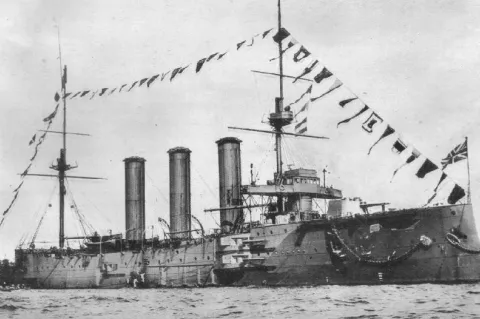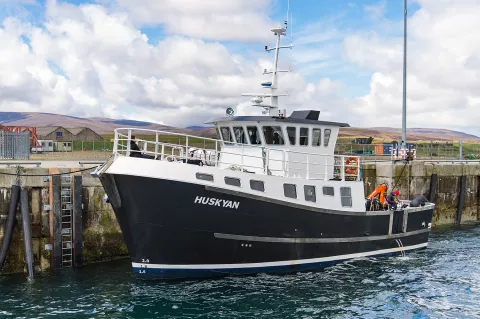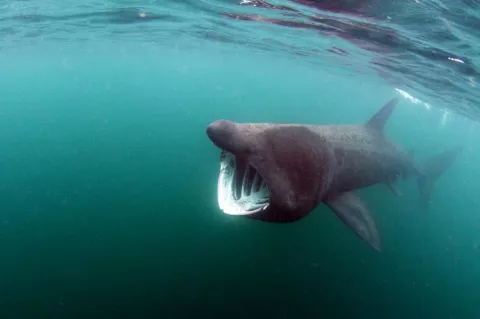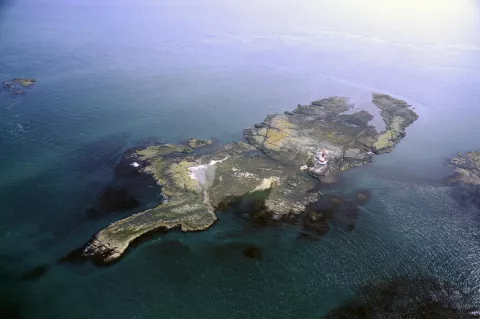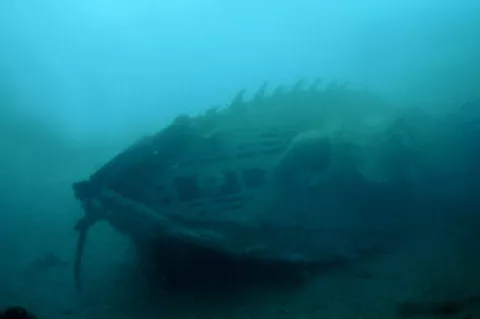The Lex Warner case continues a sad trend
On 14 August 2012 Lex Warner was about to conduct a technical dive off the Scottish coast. He was diving a rebreather and bailout stages and whilst he was crossing the deck of the dive boat, he stumbled, fell forwards and landed heavily on the deck. He went down on his knees, then onto his hands, before rolling onto his side and finally onto his back. Having been helped back to his feet by the boat’s crew, Lex Warner was reported to have expressed frustration and annoyance at himself for falling.

